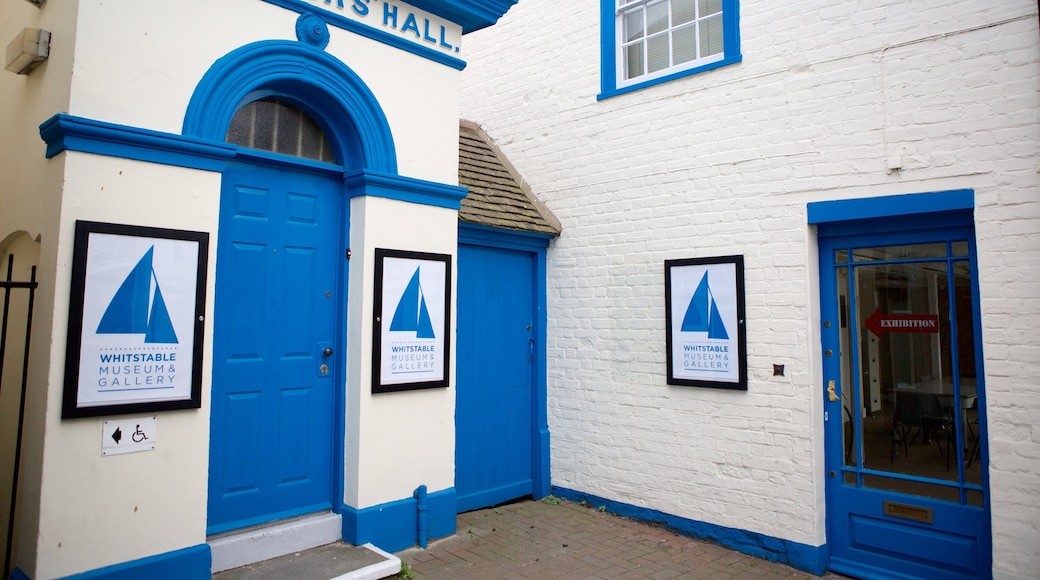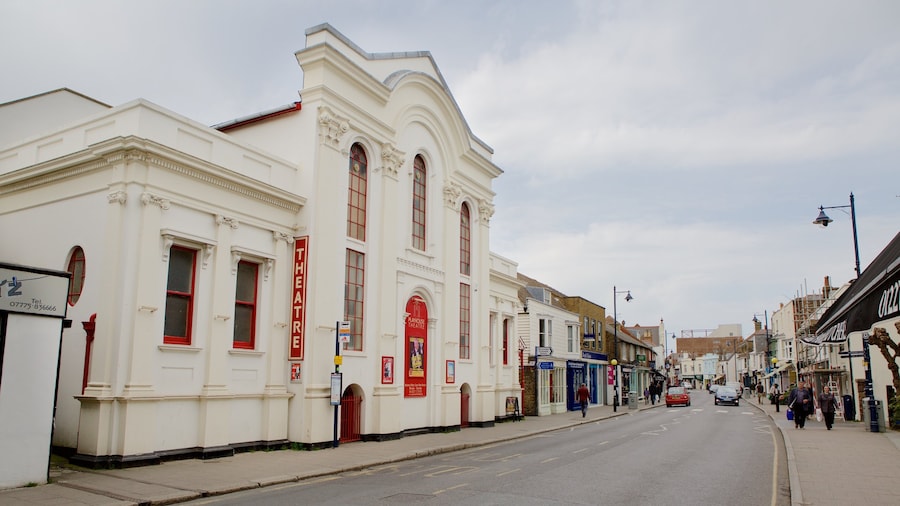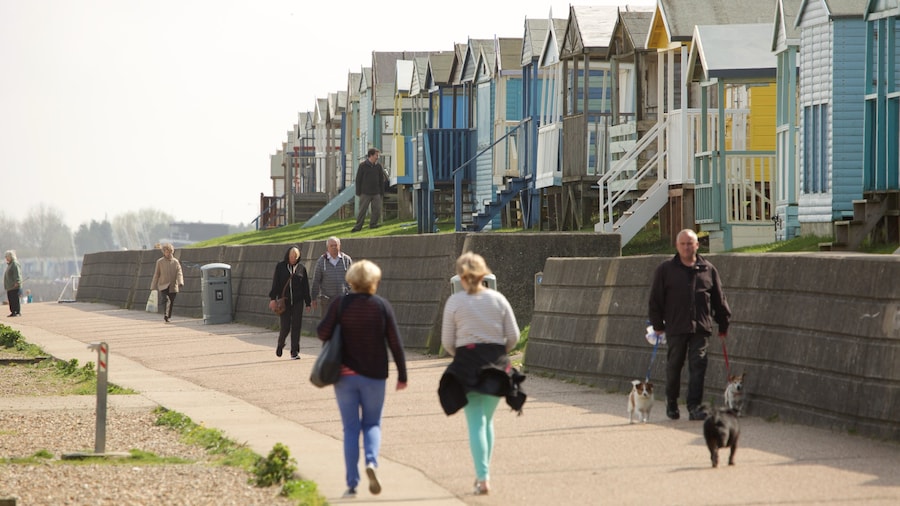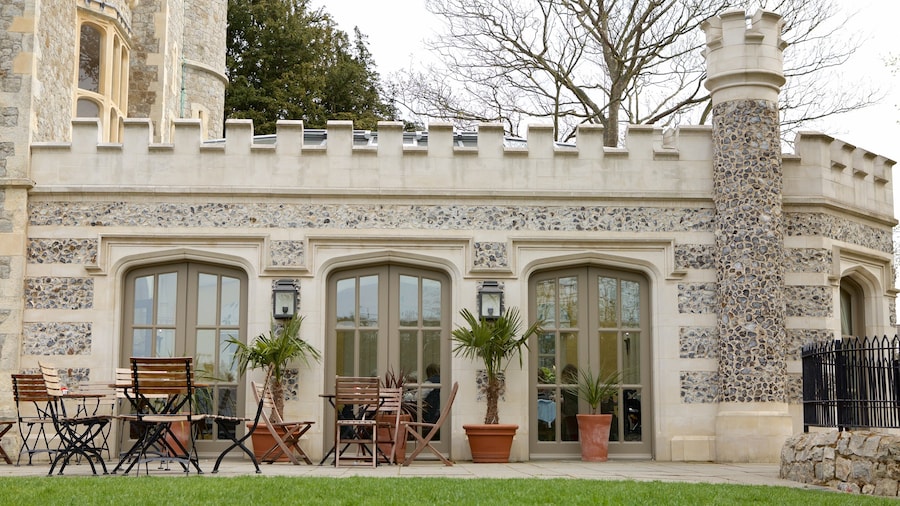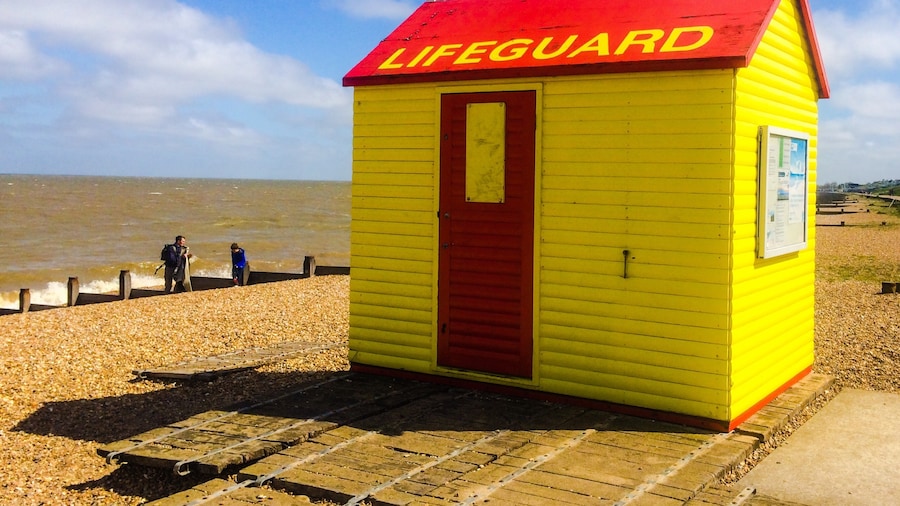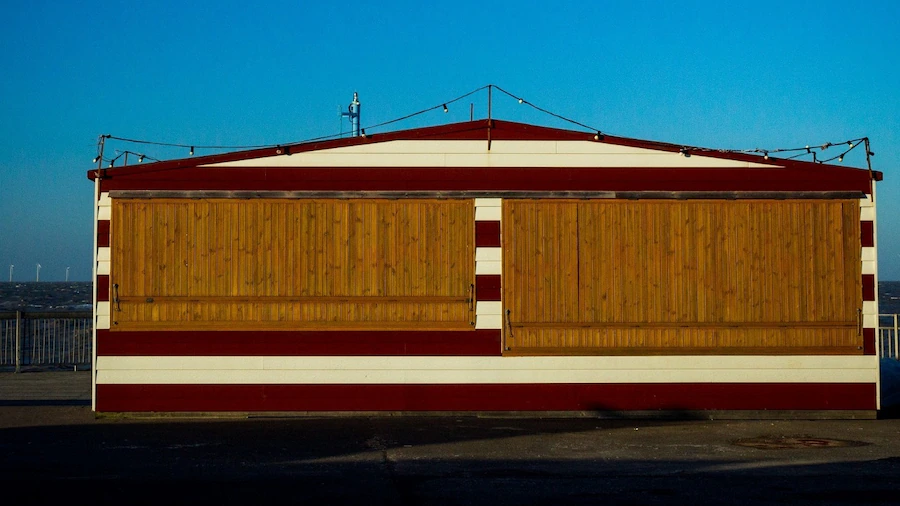Discover insights into the oyster trade that put Whitstable on the map and learn about the town’s celebrity residents at this small and fascinating museum.
The Whitstable Museum and Gallery is dedicated to all things local, documenting the history, industries and prominent figures of this seaside town. Find out how Whitstable earned its reputation as a source of premier oysters and trace the history of the Crab and Winkle Railway. This line helped transform the humble fishing town into a popular holiday resort.
The museum building dates back to the 18th century and once belonged to the Ancient Order of Foresters. Hence the building is also known as Forester’s Hall, the name above the main entrance.
Follow the story of the local oyster industry through its highs and lows. Displays explain why oysters flourish here and feature such items as a model dredger and a grotto made from oyster shells. These are known as grotters and children used to build them on beaches and beg passers-by for money.
Look over the model ships and barges to learn about the town's shipbuilding heritage. See an early example of a diving helmet that belonged to the Deane brothers who invented the first successful diving helmets. They also discovered the shipwreck of the Mary Rose, one of King Henry VIII's warships, in 1836. Browse Tudor items similar to those that the brothers recovered from the old vessel.
Examine displays devoted to one of Whitstable’s most famous residents, Peter Cushing. The late actor was best known for his roles in several Hammer Horror films and owned a house in town. Admire watercolors painted by Cushing and see some of the items of clothing and paraphernalia from his professional and personal life. Of particular note are a pair of slippers worn by the actor on set during the filming of Star Wars.
Whitstable Museum and Gallery is situated approximately 1 mile (1.6 kilometres) from Whitstable train station. Opening days and times vary according to the season, so check ahead on the website before visiting. An admission fee is required for adults. Each fee-paying adult can bring along up to two children for free.
